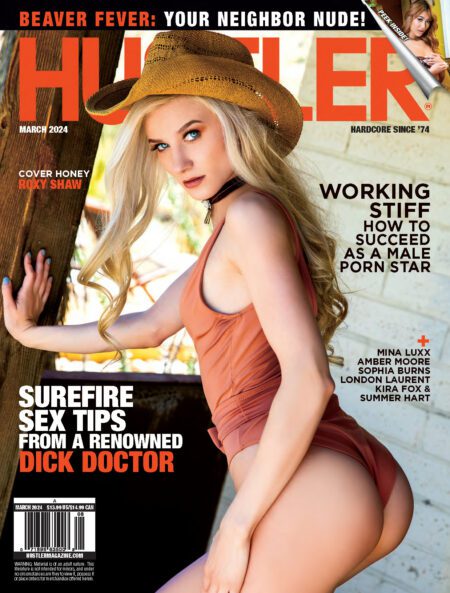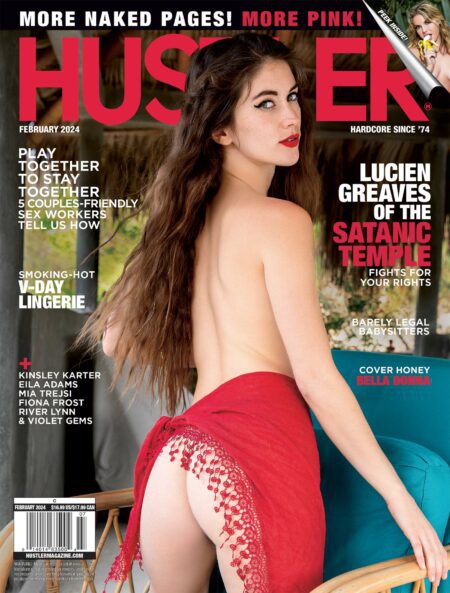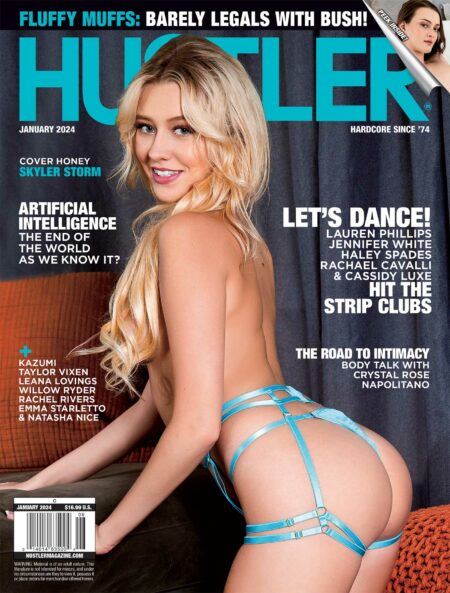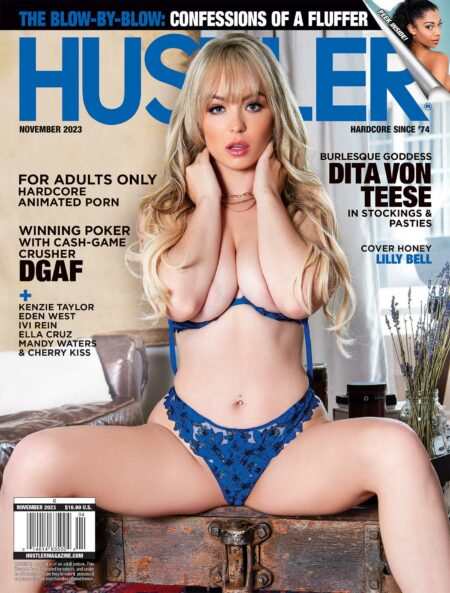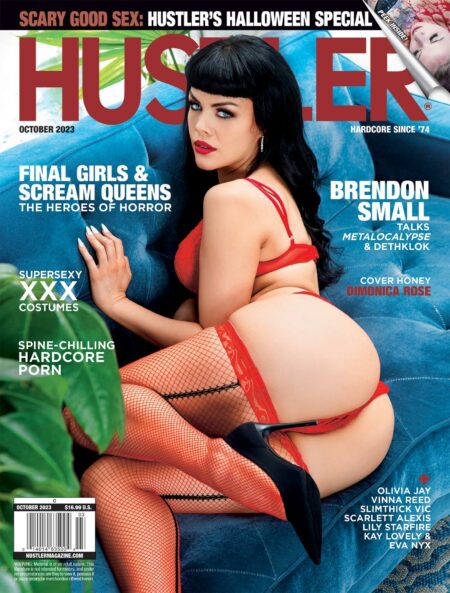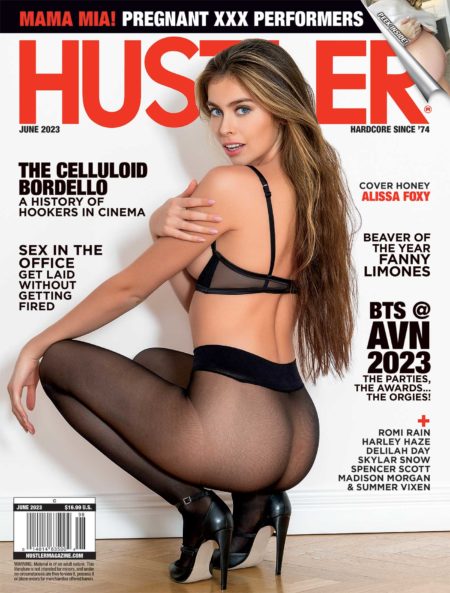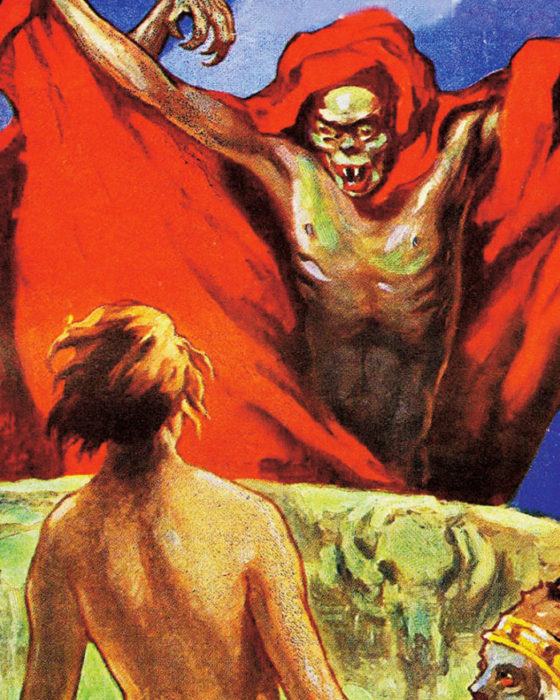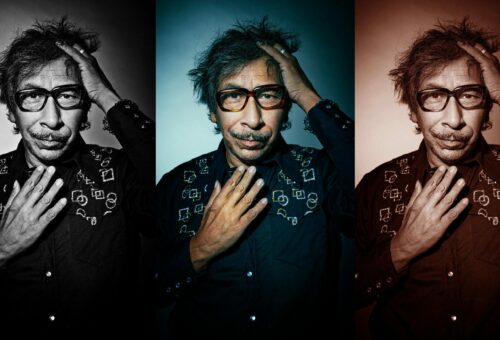People often say, “The darkest hour is just before the dawn.” If that’s true, then the dawn is overdue. It doesn’t take a sociologist to see that Americans have been collectively edging closer to a nervous breakdown for at least 40 years. While not all people will agree on the exact moment that batshit crazy became an unvarnished reality of modern life, a decent barometer for charting the development of societal dysfunction can be found in the popularity and themes of horror entertainment.
To understand how horror films connect with the fear inherent in the cultural zeitgeist, we need to understand the nature of terror. In his nonfiction book The Conspiracy Against the Human Race, horror writer Thomas Ligotti notes that the development of consciousness in early humans went hand in hand with our ancestors coming to terms with death. Ligotti writes that the concept of death and the complicated questions that revolve around mortality were too frightening to face; so those early humans decided that they must willfully limit their own consideration of such things. This idea is nicely illustrated in the opening line of H.P. Lovecraft’s well-known horror tale “The Call of Cthulhu.” The line goes, “The most merciful thing in the world, I think, is the inability of the human mind to correlate all its contents.”
Ligotti identified four ways in which people routinely sabotage their own capacity for understanding death. First, there’s isolation, through which people simply choose to not think about unpleasant things. Next is anchoring, which happens when people avoid chaotic and frightening realities by focusing their world views on religion and family values. In distraction, we focus our thoughts on TV shows, politics, career moves, etc. Finally, through sublimation, we render our fears into forms of entertainment so that they don’t pose an immediate threat.
It is by understanding these strategies that we can begin to understand our relationship with horror entertainment. Moreover, the practice of sublimating death and other serious topics reveals why some horror tales strike a more profound chord than others. One of the central themes of Mary Shelley’s book Frankenstein deals with the awesome responsibility that a parent ought to have for their child; immediately after creating his monster, Victor Frankenstein decides that it is a hideous beast, and his rejection of parental responsibility results in the monster’s murderous rampage. Early giant monster films The Beast From 20,000 Fathoms (1953) and the more famous Japanese copycat film Gojira, or Godzilla (1954), are based on the horrific potential of atomic weapons. More on the nose, some of the tales in EC Comics’ Shock Suspense Stories deal with disturbing realities; for example, “The Monkey” depicts the violent and troubled life of the heroin addict, and “Under Cover!” provides a stark depiction of the racially motivated violence of the KKK. Ironically, EC Comics and other publishing companies who produced horror comics became societal scapegoats when the United States Senate Subcommittee on Juvenile Delinquency held a series of hearings in 1954. These hearings indirectly led to the end of EC Comics and the birth of the regulatory system of the Comics Code Authority.




